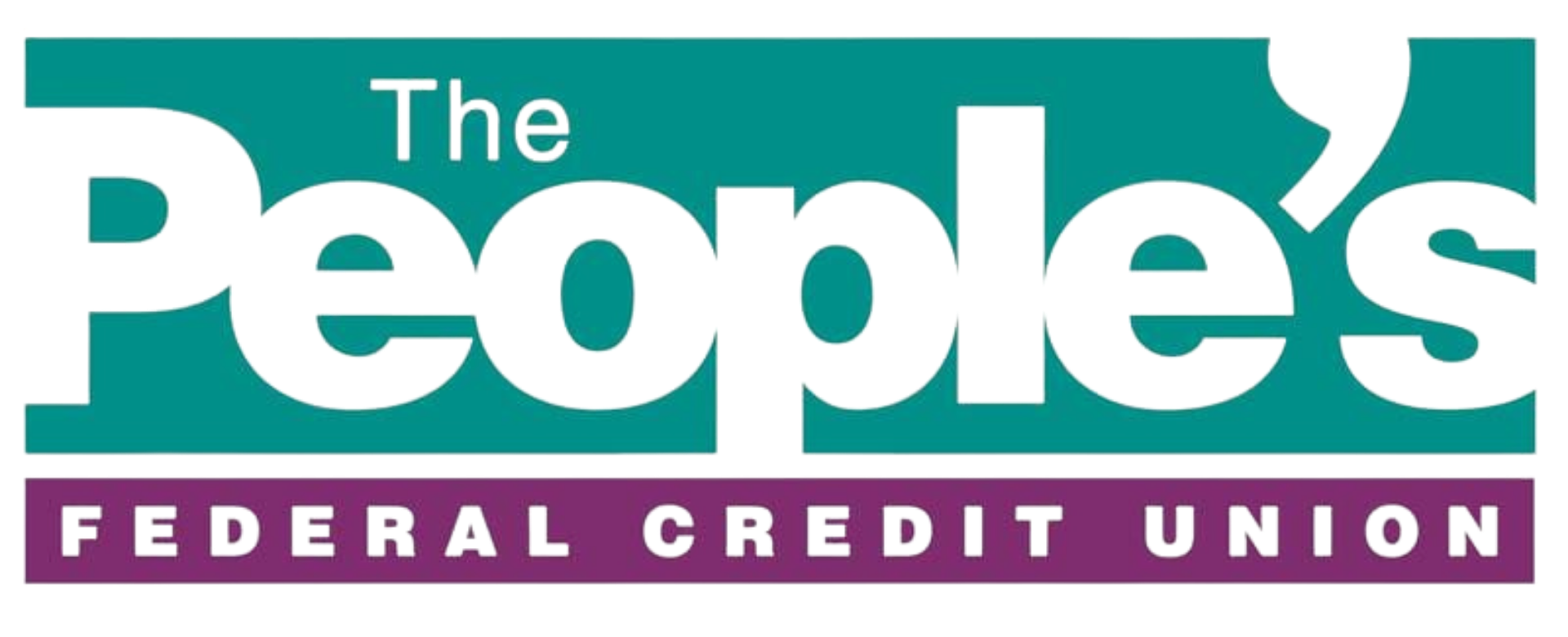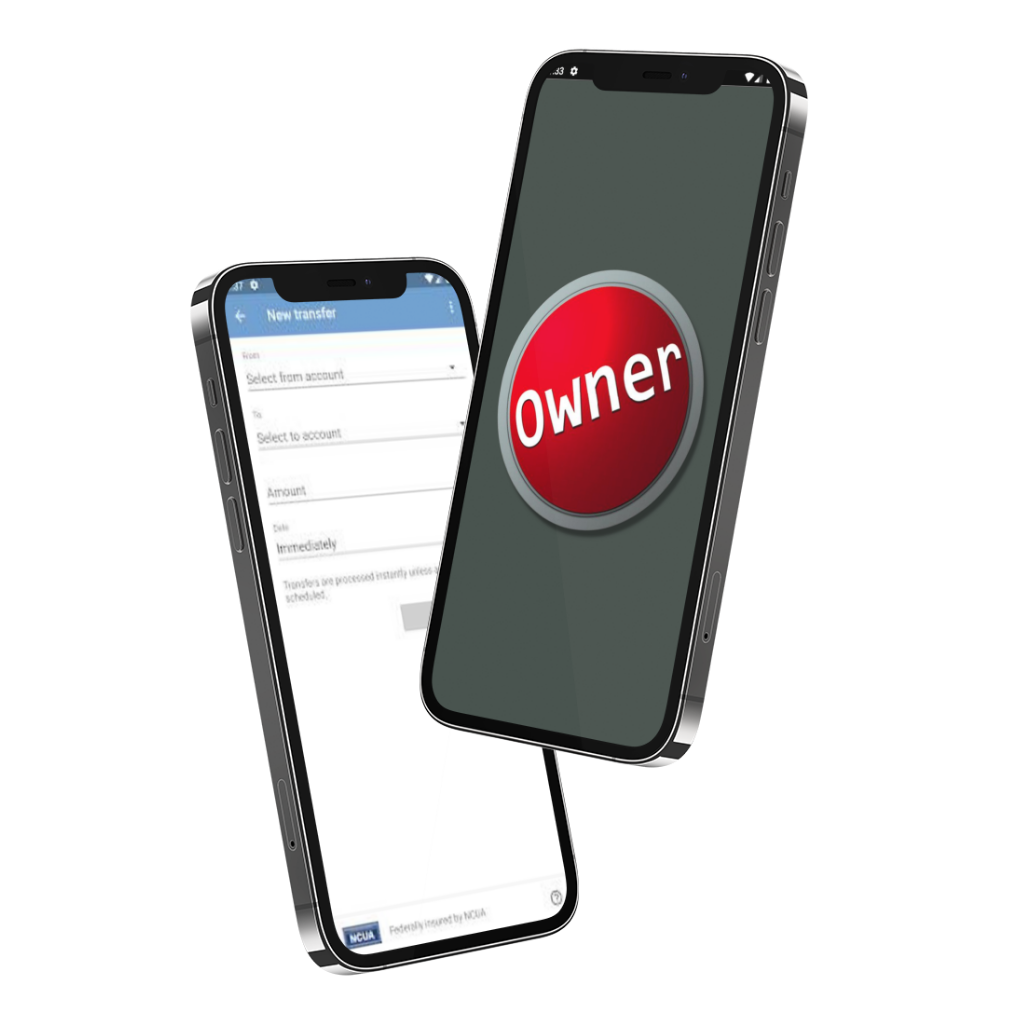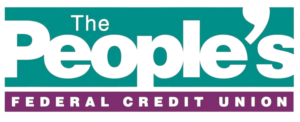Buying a home is one of the biggest financial milestones most people will ever reach. But for many—especially first-time homebuyers—the process of saving enough money to get there can feel intimidating. Between the down payment, closing costs, and all the other expenses, the numbers can add up fast.
The good news? With the right plan and tools, homeownership is more attainable than you might think. Whether you’re just starting your savings journey or refining your strategy, this step-by-step guide will walk you through how to save money for a house with confidence. Let’s break it down.
Step 1: Set Your Savings Goal
While a mortgage will likely cover most of the cost of your future home, planning for the upfront expenses is key. To start saving effectively, you’ll need a clear target. Here are the major costs to factor in:
- Down payment: This is the cash you pay upfront, typically ranging from 0% to 20% of the home’s price. A higher down payment reduces the amount you need to borrow, which lowers your monthly mortgage payment.
- Closing costs: These are the fees for finalizing a mortgage, including title insurance, appraisals, and inspections. Plan to budget around 2% to 6% of the loan amount.
- Other costs: When you save for a house, be sure to include moving and storage costs, potential repairs or renovations, and setting up utilities and services in your new home.
Calculating these expenses will give you a clear savings target. If saving a 20% down payment isn’t feasible, don’t worry—there are mortgage options available that require far less.
Step 2: Research Down Payment Options
There are several loan types, each with different down payment requirements. Understanding your options can help you determine how much you’ll need to save:
- Conventional loans: These are regular mortgages offered by most banks and typically require a down payment of 5% to 20% of the home’s purchase price. A larger down payment can help you secure better loan terms and may eliminate the need for private mortgage insurance (PMI). If you put down less than 20%, PMI is usually required. This insurance protects the lender if you default and can add a monthly cost between 0.3% and 1.5% of the loan amount annually.
- FHA loans: If you’re a first-time homebuyer, you might qualify for a Federal Housing Administration (FHA) loan. They require a minimum down payment of 3.5% if your credit score is 580 or higher. If your score falls between 500 and 579, you may still qualify, but you’ll need to put down at least 10%.
- VA loans: These loans are available to eligible military veterans, active-duty service members, and certain members of the National Guard and Reserves, and require no down payment.
- USDA loans: Designed for rural and suburban homebuyers, USDA loans offer no down payment, though income restrictions apply, and the property must be in an eligible area.
Once you select a mortgage that aligns with your savings capacity, the lender will calculate an affordable home price based on your monthly payment ability. This provides a clear picture of how much you need to save for all upfront costs when buying a house.
Step 3: Build a Realistic Budget
Creating and sticking to a budget is one of the most effective ways to fast-track your savings. Here’s how:
- Track your Income and expenses: Use a spreadsheet, budgeting app, or even pen and paper. Categorize your spending to see where your money goes.
- Separate wants from needs: Essentials like rent, groceries, and utilities come first. Then identify non-essentials—like takeout or extra subscriptions—you can reduce or eliminate.
- Automate your savings: Treat savings like a bill. Set up automatic transfers to a dedicated savings account each month.
A disciplined budget makes saving feel less overwhelming and keeps your goal front and center.
Step 4: Cut Costs Without Cutting Joy

Saving for a home doesn’t mean you need to completely give up your quality of life. There are plenty of ways to trim your expenses without feeling deprived:
- Cancel unused subscriptions: Quit services you rarely use, such as streaming or gym memberships, or research a cheaper cell phone plan.
- Cook at home: Meal prepping is cheaper than dining out; buy groceries in bulk to save more.
- Shop secondhand or declutter: Buy secondhand furniture or clothes and sell things you no longer need to generate extra cash.
- Negotiate bills: Ask providers for discounts on insurance or utilities—surprisingly, it works!
- Use a cash-back credit card: Earn rewards by charging everyday purchases, but always pay off the balance monthly to avoid interest.
Small adjustments can make a big impact on your savings over time.
Step 5: Maximize Income
Boosting your income speeds up your savings. Here’s how:
- Ask for a raise: If you’ve been at your job for a while and have proven your value, negotiate a salary increase with solid evidence of your accomplishments.
- Switch jobs strategically: Seek higher-paying roles or industries where your skills are in high demand.
- Start a side hustle: In today’s gig economy, there are tons of ways to make extra cash. Freelancing, driving for rideshare services, pet sitting, and selling items online can all be great side gigs. You could even start a passive income stream, like blogging or renting out a room on Airbnb.
Step 6: Explore Savings Options
Once you’re regularly saving, make your money work for you with interest-bearing accounts and investment tools:
- Saving accounts: Traditional savings accounts are widely available through local banks and credit unions and offer convenient access to your funds. High-yield savings accounts, often offered by online banks, typically provide higher interest rates, which can help your savings grow a bit faster over time. Either option—or a combination of both—can be a smart part of your savings strategy, depending on your preferences and goals.
- Certificates of deposit (CDs): Lock in funds for a fixed term (like six months or a year) in exchange for a guaranteed interest rate. The catch is that you can’t withdraw the money until the term ends without paying a penalty.
- Individual retirement accounts (IRAs): While primarily for retirement, some types of IRAs allow you to withdraw funds for a first-time home purchase without penalties.
By optimizing your budget, cutting unnecessary costs, and exploring smart income and savings options, you’ll be well on your way to owning your first home.
Start Saving for Your Home with TPFCU
At The People’s Federal Credit Union (TPFCU), we offer a variety of savings accounts, CDs, and IRAs to help you grow your down payment. Plus, our mortgage loans offer low rates and flexible terms to make purchasing your home more affordable. Explore your options and take the first step toward your dream home!







